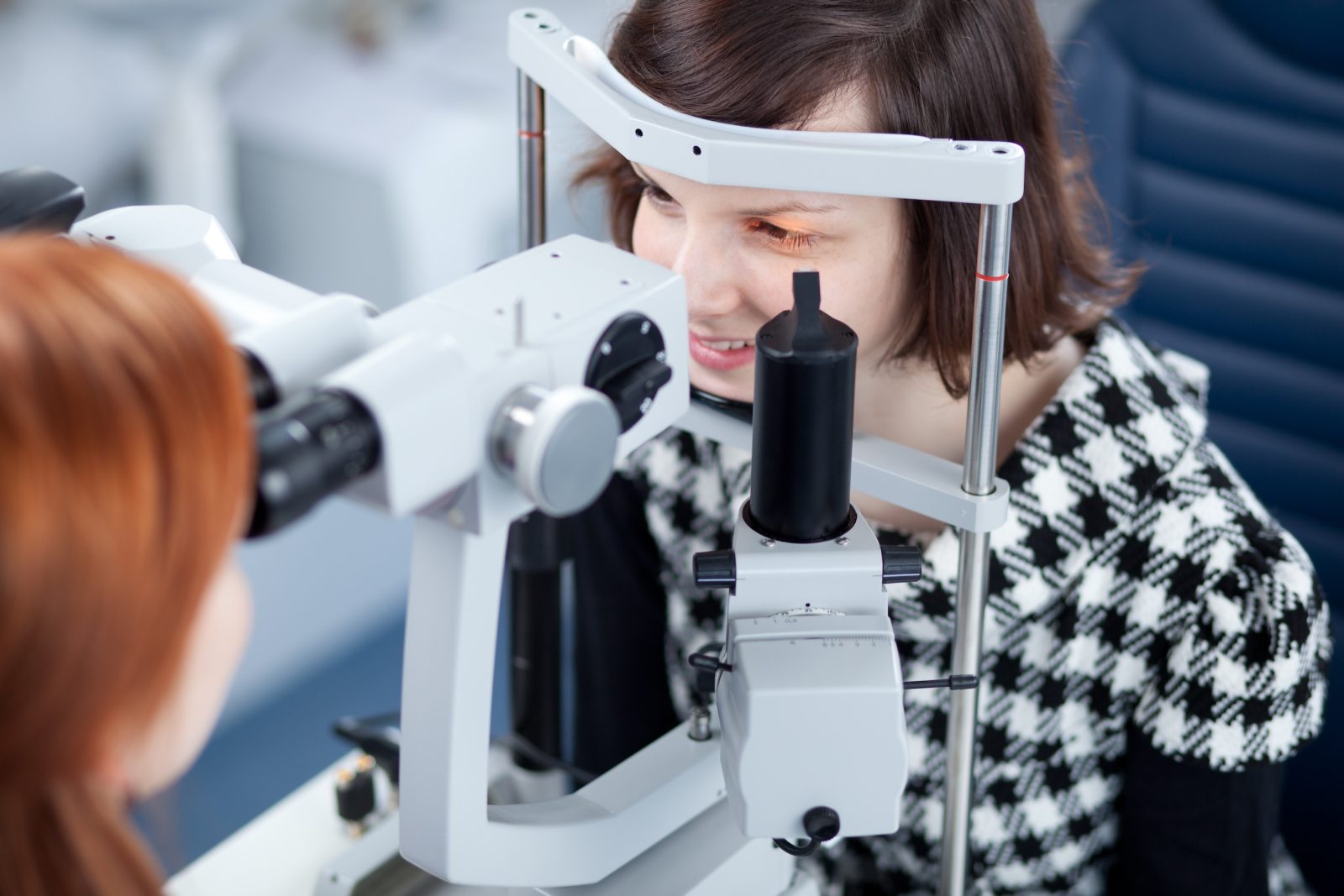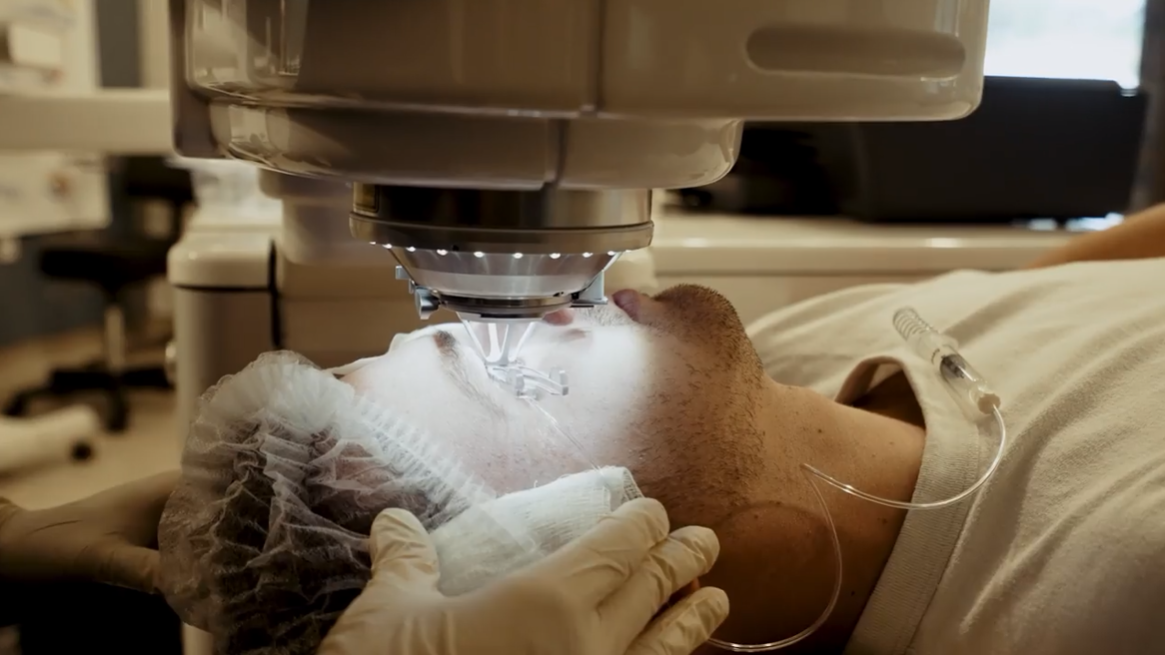
What is LASIK?
LASIK: Laser-Assisted in Situ Keratomileusis
LASIK eye surgery (Laser Eye Surgery) is one of the most popular elective procedures in the world which often corrects refractive vision problems, particularly nearsightedness (myopia), farsightedness (hyperopia), and astigmatism.
What is LASIK Eye Surgery?
LASIK eye surgery is a revolutionary method that has transformed the lives of countless individuals by reducing or even eliminating their dependence on glasses or contact lenses.

LASIK involves the use of an excimer laser to precisely reshape the cornea. Before the surgery, the eye is numbed with anesthetic eye drops to ensure the patient’s comfort. A thin flap is then created on the cornea’s outer layer, which can be done using a microkeratome blade or in bladeless LASIK, a femtosecond laser. LASIK.com is strictly a modern LASIK network, meaning we only refer to doctors who offer custom, bladeless LASIK Eye Surgery.
Once the flap is created, the surgeon uses the excimer laser to remove a predetermined amount of corneal tissue. This reshaping process is customized based on the patient’s specific refractive error. For nearsightedness, the cornea is made flatter, while for farsightedness, it is made steeper. Astigmatism is corrected by smoothing out irregularities on the cornea.
Advanced LASIK techniques include wavefront-guided and topography-guided LASIK, which create a personalized treatment plan based on the unique imperfections in each patient’s eye. This level of customization enhances the potential for achieving excellent visual outcomes.
After the cornea is reshaped, the flap is carefully repositioned. It naturally adheres without the need for stitches. The flap serves as a protective layer that minimizes discomfort and accelerates the healing process.
One of the key advantages of LASIK is its rapid recovery time. Most patients experience improved vision within hours after the procedure, with optimal results often achieved within a few days. This quick turnaround time is one reason why LASIK is so popular.
LASIK is not suitable for everyone. Candidates must meet certain criteria, including stable vision for a minimum period and good overall eye health. Schedule a consultation to talk to a doctor and find out if you are a safe candidate.
See patients’ reactions immediately following their LASIK procedures from a LASIK.com Network Surgeon
Transform Your Vision
Exploring the Revolution of LASIK Eye Surgery for a Glasses-Free Life
LASIK eye surgery has revolutionized the field of vision correction by offering a quick, effective, and relatively painless way to reduce or eliminate the need for glasses or contact lenses.
LASIK has a high success rate and offers a potentially life-changing improvement in vision for many individuals, allowing them to enjoy greater freedom and clarity in their everyday lives. It is essential to consult with an experienced eye surgeon to determine whether LASIK is a suitable option for your specific vision needs.
